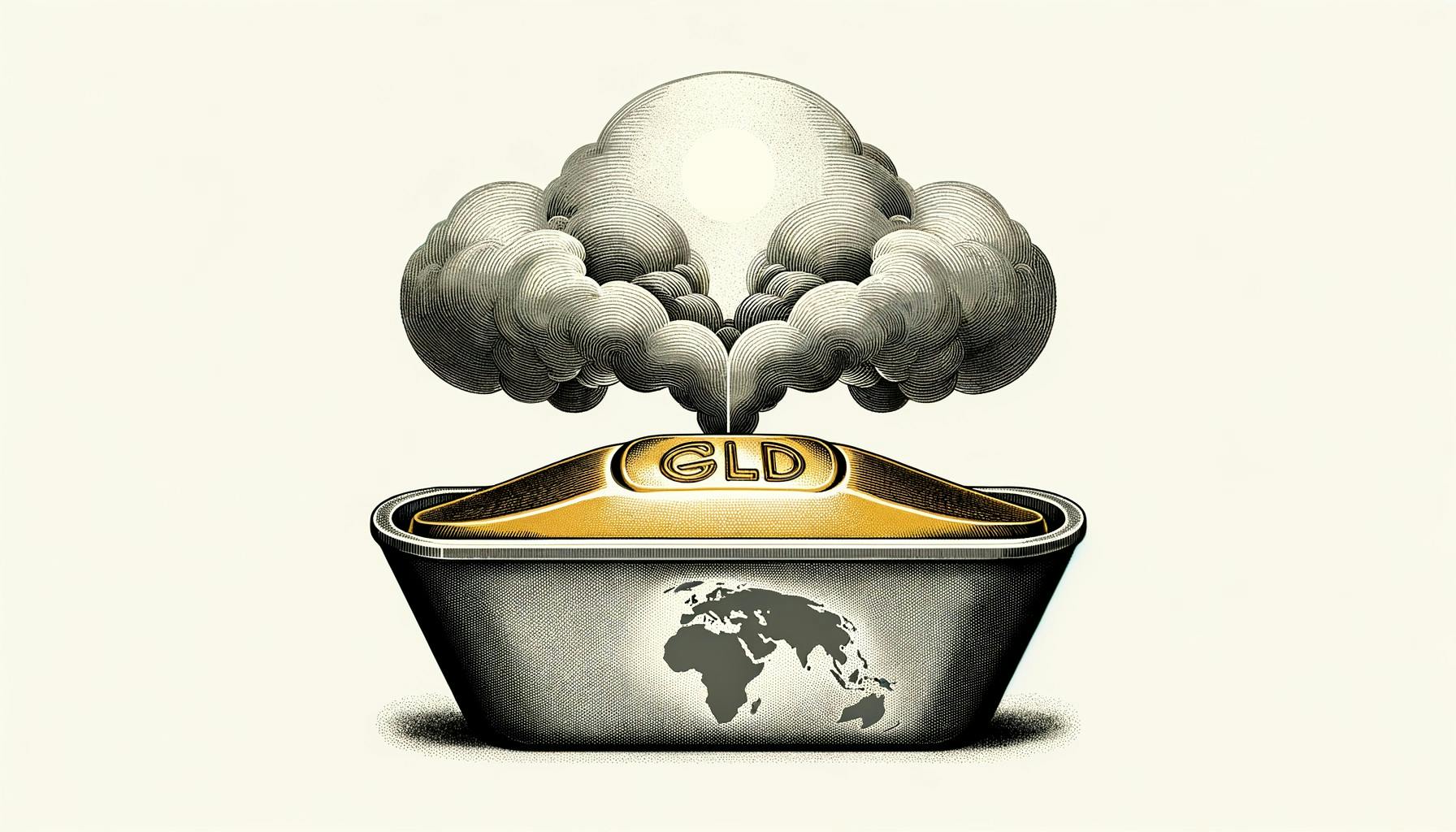Gold Prices Drop on Reduced Rate Cut Expectations
Gold prices declined as stronger U.S. economic data dampened expectations of a significant interest rate cut by the Federal Reserve in November. The market now sees a 34% chance of a 50-basis-point cut, down from 49% last week. Richmond Federal Reserve President Thomas Barkin’s comments on inflation above the 2% target further limit the likelihood of aggressive rate cuts.
Despite the drop, gold remains near its record high of $2,685.64, supported by ongoing geopolitical tensions in the Middle East. The tensions escalated after Iran’s missile attack on Israel, increasing safe-haven demand for gold. However, the potential for a less aggressive rate cut continues to impede upward momentum.
Potential Impact of U.S. Non-Farm Payrolls Report
Investors are eagerly awaiting the release of the U.S. non-farm payrolls report on Friday. A weaker-than-expected jobs print could drive gold prices higher, potentially testing the $2,700 level. This report will play a significant role in shaping expectations for future monetary policy decisions.
Treasury Yields Rise as Focus Shifts to Labor Market Data
On Thursday, U.S. Treasury yields increased as attention turned to labor market data, with the 10-year Treasury yield rising by over 2 basis points to 3.813%. The 2-year Treasury yield also climbed to 3.674%. Strong private payrolls data from ADP, showing the addition of 143,000 jobs in September, exceeding expectations, further underscores the strength of the labor market.
Currencies: Dollar Strengthens as Safe-Haven Demand Rises
The U.S. dollar saw widespread strength, bolstered by geopolitical tensions and robust economic data. Safe-haven buying surged following the missile attack on Israel, while the positive private payrolls data pointed to a potentially strong non-farm payrolls report on Friday. This strengthening dollar has led to weakness in currencies like Sterling and Yen.
Insight:
While the potential for a less aggressive rate cut by the Federal Reserve has weighed on gold prices, ongoing geopolitical tensions and uncertainties continue to provide support. The dynamics between economic data, monetary policy expectations, and geopolitical events will likely continue to influence market movements in the gold and currency markets in the coming days.









